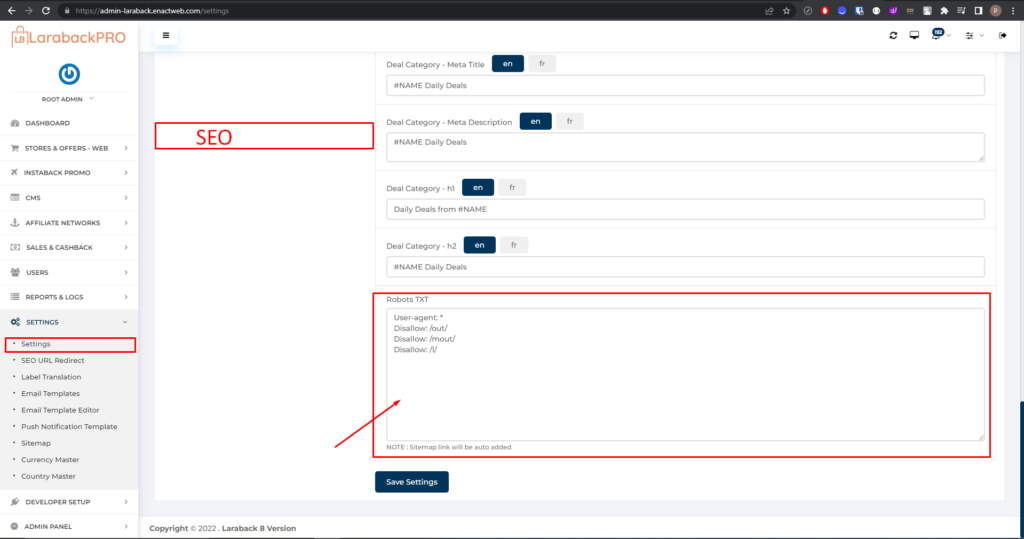Everyone wants to see their website on the first page of Google because of more visible, but it’s a competitive challenge. Google’s algorithm updates frequently, but there are steps you can take to improve your ranking.
By following these tips and consistently creating valuable content, you can increase your website’s visibility and search ranking.
In this article, we are going to learn how to make your website more visible on the Google Search Engine Result Page (SERP).
If your website does not appear on the search engine result page: #
There are a couple of reasons why your website might not be showing up on a search engine results page (SERP) for a particular search term. Here are some possibilities:
- Your site is new: Search engines can take some time to discover and index new websites. Be patient and focus on creating high-quality content.
- Your website isn’t optimized for search engines: This is a big area called Search Engine Optimization (SEO). SEO involves making sure your website uses relevant keywords, has a fast loading speed, and provides a good user experience.
- You haven’t built backlinks: Backlinks have linked from other websites to yours. Search engines see backlinks as a sign of trust and authority, and they can help improve your ranking.
- Penalties: Manual actions or algorithm penalties from search engines, due to spammy practices or policy violations, can cause rankings to drop.
- Website structure and navigation not proper: Organize your content in a logical, easy-to-navigate structure with a clear hierarchy. Use descriptive URLs and aim for a simple, clean site architecture.
Following these tips and consistently creating valuable content, you can increase your website’s visibility and search ranking.
- Target the right keywords: Focus on keywords that are relevant to your content, have a decent search volume, and aren’t too competitive.
- Create high-quality content: Write informative, engaging content that addresses user search intent. Avoid keyword stuffing.
- Optimize images: Use relevant images and include alt tags that describe the image content.
- Craft compelling meta tags: Write clear and concise meta descriptions that accurately reflect your content.
- Build backlinks: Earn backlinks from high-quality, relevant websites.
- Implement schema markup: Add schema markup to your website to provide search engines with more context about your content.
👉 How to submit a Sitemap to Google Search Console (Step-by-Step) #
Here’s a step-by-step guide on submitting a sitemap to Google Search Console:
- Log in to Search Console and choose your website.
- Go to ‘Sitemaps’ under the ‘Index’ section.
- Find your sitemap URL (often
https://yourwebsite.com/sitemap.xml). - Enter the URL in the “Add a new sitemap” field and click ‘Submit’.
Additional Tips:
- If you have multiple sitemaps, you can submit them one by one using the same process.
- Google Search Console will notify you of any errors it encounters while processing your sitemap.
It doesn’t assure that Google will download the sitemap or use the sitemap for crawling URLs on the site.
👉 How to Connect Google Analytics 4 (GA4) with Google Search Console. #
Therefore, you will naturally import your search console data (queries, landing pages, and device categories) to the acquisition reports of Google Analytics 4.
👉 How to remove Google penalties #
There are two main types of Google penalties: algorithmic and manual. Algorithmic penalties are caused by violating Google’s search ranking guidelines, while manual penalties are issued directly by Google after a human reviewer determines your site to be in violation.
Here’s a general approach to removing Google penalties:
1. Diagnose the Penalty:
- Check for Ranking Drops: A sudden drop in traffic and ranking for your target keywords might indicate a penalty.
- Google Search Console: Review your Google Search Console for any manual action notifications from Google.
2. Identify the Cause:
- SEO Audit: Conduct a thorough SEO audit to identify any technical SEO issues or black-hat SEO tactics that might have triggered the penalty.
- Backlink Analysis: Analyze your backlinks to see if there are any unnatural or spammy links pointing to your site.
3. Take Corrective Actions:
- Fix Technical Issues: Address any technical SEO issues identified during the audit, such as broken links, slow loading times, or mobile-friendliness problems.
- Disavow Bad Backlinks: Use Google’s Disavow Tool to disavow any low-quality or spammy backlinks.
- Content Quality: Improve the quality and value of your website’s content. Remove thin content or plagiarism.
4. Reconsideration Request (For Manual Penalties):
- Once you’ve addressed the issues, submit a reconsideration request to Google through Google Search Console. Explain the steps you’ve taken to resolve the problems and demonstrate your commitment to following Google’s webmaster guidelines.
Here are some resources that can help you with Google penalty removal:
- Google Penalty Removal Guide: How to Restore Rankings and Traffic: https://www.jesseseogeek.com/the-beginners-guide-to-identifying-and-recovering-from-a-google-penalty/
In a nutshell
If you are considering making your website visible on the Google search engine result page, we hope that these few tips point you completely in the right order.
If you follow these tips that we have for you, then you will finally be able to make sure that your website appears under the top searches made on the Google search engine result page.
So, what are you waiting for? Get it right this time.
For Laraback products please prefer Below SEO settings
Admin panel #
Visit admin panel -> settings -> SEO

User-agent: *=>Here all user agents should be scrolled
Disallow: /out/=>store out a page from the web is not going to be scrolled
Disallow: /out/=> store out a page from App is not going to be scrolled
Disallow: /l/=>Share and earn a link is not going to be scrolled
Note:- Simply whichever link we do not want to scroll should be Disallow and by default sitemap pages are scrollable



